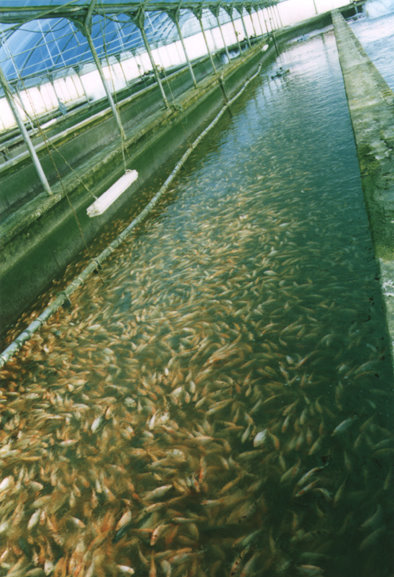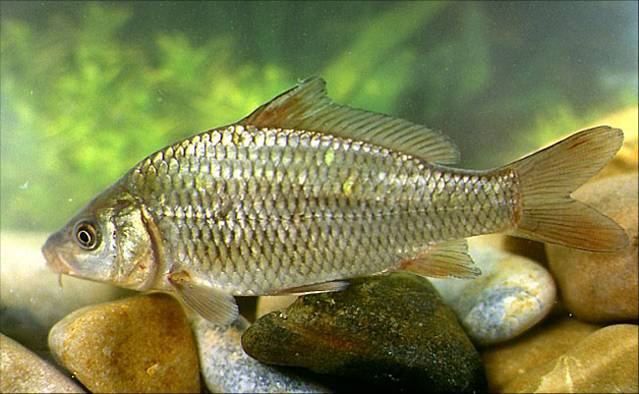With the successful use of brackish geothermal water for agriculture and industry, Samuel Appelbaum of the BIDR has developed sophisticated approaches for using this water for raising fish. Being fossil in nature, the water was collected and stored many thousands of years ago within deep porous Negev limestone and is free of all contemporary pollutants: it has no heavy metals, such as mercury, or industrial organics, such as pesticides or bromine-containing flame retardants. Therefore, consumers have no health concerns when consuming fish raised in desert ponds utilizing this water , as compared with those caught in rivers, lakes, or the ocean — or raised in ponds filled with normal surface or shallow aquifer waters. Moreover, because geothermal water is warm in summer as well as winter, fish farmers do not have to heat the ponds for growing warm water fish, an energy-consuming task required in other regions of Israel, which increases costs of production. The Negevbrackish geothermal water can be circulated at higher volume on cold winter days to maintain desired pond temperature.

Raising fish in hot house in the desert.
Key to the successful application of nonrenewable geothermal waters is sophisticated multiple use protocols. For example, the temperature of the Negevaquifer water is about 40˚C, much too warm for fish. Here a village that combines agriculture with aquaculture can initially take advantage of the water’s heat by first running it through water pipes into a greenhouse, providing cost-free heat for vegetable crops, and then using the same but now cooler water for the fishponds. Prof. Samuel Appelbaum of the Bengis Center has also shown how the same water can be used to grow different varieties of fish. Carnivorous species, such as sea bass, barramundi and sea bream, which require the highest quality water, would be the first to use the desert water. When sufficient waste matter builds up, the water can be transferred down the line to omnivorous fish, such as tilapia, carpor catfish, which can live in the lower quality water effluent from the carnivorous fish pond and make use of the left over food. A final pond could be used to grow even less sensitive omnivorous aquatic animals, such as crustaceans.

Common Carp
But utilization of the water does not end here. Because fish manure that builds up in the ponds is an excellent fertilizer, farmers can use the fish-pond water to irrigate crops. In Kibbutz Mashabbe Sade in the Negev, recycled water is used to grow acres of olive and jojoba groves. In Kibbutz Revivim it is being used to grow olives, dates and alfalfa.
Previous section Next section